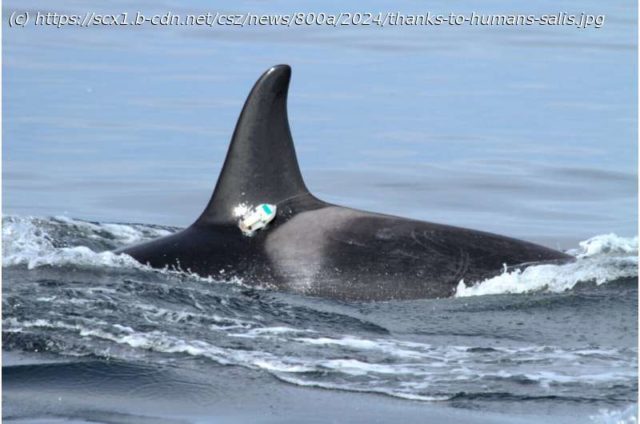The Salish Sea—the inland coastal waters of Washington and British Columbia—is home to two unique populations of fish-eating orcas, the northern resident and the southern resident orcas. Human activity over much of the 20th century, including reducing salmon runs and capturing orcas for entertainment purposes, decimated their numbers. This century, the northern resident population has steadily grown to more than 300 individuals, but the southern resident population has plateaued at around 75. They remain critically endangered.
The Salish Sea—the inland coastal waters of Washington and British Columbia—is home to two unique populations of fish-eating orcas, the northern resident and the southern resident orcas. Human activity over much of the 20th century, including reducing salmon runs and capturing orcas for entertainment purposes, decimated their numbers. This century, the northern resident population has steadily grown to more than 300 individuals, but the southern resident population has plateaued at around 75. They remain critically endangered.
New research led by the University of Washington and the National Oceanic and Atmospheric Administration has revealed how underwater noise produced by humans may help explain the southern residents’ plight. In a paper published Sept. 10 in Global Change Biology, the team reports that underwater noise pollution—from both large and small vessels—forces northern and southern resident orcas to expend more time and energy hunting for fish.
The din also lowers the overall success of their hunting efforts. Noise from ships likely has an outsized impact on southern resident orca pods, which spend more time in parts of the Salish Sea with high ship traffic.
« Vessel noise negatively impacts every step in the hunting behavior of northern and southern resident orcas: from searching, to pursuing and finally capturing prey », said lead author Jennifer Tennessen, a senior research scientist at the UW’s Center for Ecosystem Sentinels, who began this study as a postdoctoral researcher with NOAA’s Northwest Fisheries Science Center.






